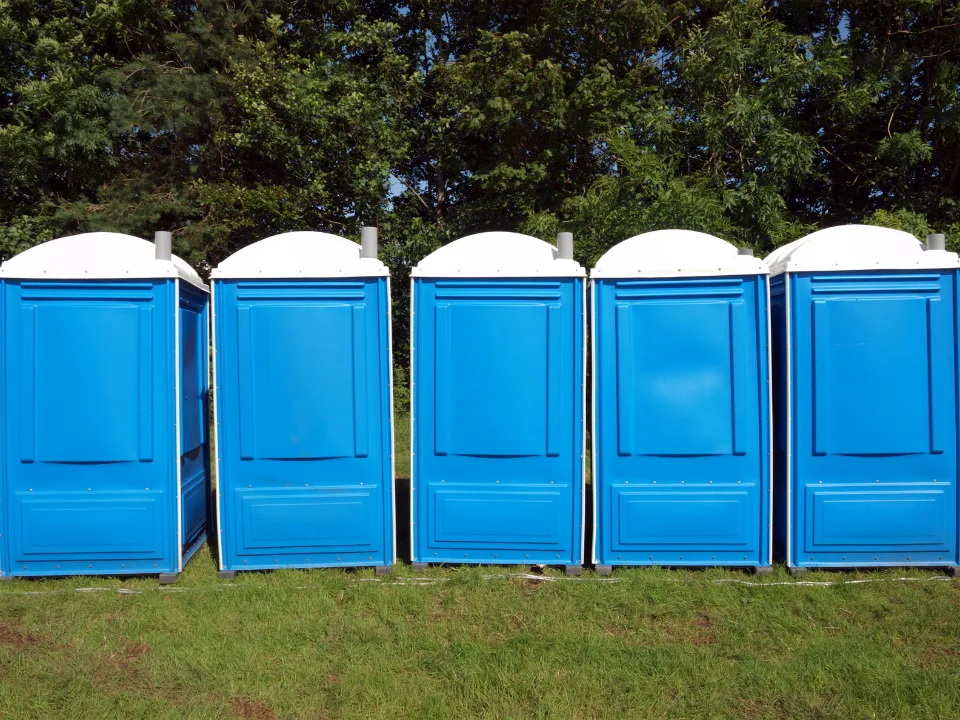- Self-storage usage remains elevated post-pandemic, fueled by high housing prices and hybrid work lifestyles.
- Extra Space Storage, Public Storage, and CubeSmart all posted Q1 year-over-year foot traffic growth, building on momentum dating back to 2019.
- The sector is expanding its customer base, seeing increased use among wealthy and upper-middle-class suburban families alongside its core middle-income urban clientele.
Self-storage demand remains strong as Americans seek storage solutions amid housing pressures and evolving household needs. According to Globe St., leading chains such as Extra Space Storage, Public Storage, and CubeSmart all saw sustained foot traffic gains through the first quarter of 2025.
Steady Climb Since 2019
Self-storage visits remain strong, driven by tight housing supply and fewer home renovations post-pandemic. In Q1 2025, leading self-storage chains saw solid gains: Extra Space Storage visits grew 7%, Public Storage visits increased 2.1%, and CubeSmart visits rose 3.4% year-over-year. Since 2019, Extra Space visits nearly doubled, while Public Storage and CubeSmart visits rose 24.7% and 30.7%.
Get Smarter about what matters in CRE
Stay ahead of trends in commercial real estate with CRE Daily – the free newsletter delivering everything you need to start your day in just 5-minutes
Seasonality Matters
Analysis showed distinct seasonal peaks for self-storage, with the busiest periods in the second and third quarters, coinciding with spring cleaning and the moving season. Visits typically slow during the winter months.
A Broader Customer Base
All three leading chains mainly serve middle-income urban renters, with visitor incomes near the $79,600 national average. However, between Q1 2019 and Q1 2025, they also saw modest growth in usage among wealthy suburban families. Extra Space Storage’s share of affluent suburban users rose to 10.1%, Public Storage to 9.8%, and CubeSmart held steady at 10.1%.
Why It Matters
The growing customer base at self-storage chains reflects social trends like adult children returning home and repurposed spare rooms. These shifts suggest self-storage will remain a critical service even as pandemic-era behaviors normalize.
What’s Next
With visitation trends closely tied to housing market dynamics and lifestyle changes, self-storage chains are well-positioned for continued resilience. Expect operators like Extra Space Storage, Public Storage, and CubeSmart to further capitalize on evolving suburban and urban consumer needs throughout 2025 and beyond.
















